Everything You Need to Know About Blue Lobster
Lobster is a delicious and well-known delicacy enjoyed around the world. But did you know there are different types of lobsters, some of which appear to be a different color? We aren’t kidding; blue lobsters are a real phenomenon and can be enjoyed just like any other type of lobster.
Read on to learn all about blue lobster and where you can purchase this unique marvel.
What is Blue Lobster?
A blue lobster is exactly what it sounds like, a lobster that is blue in color. Despite this sounding like some sort of internet hoax, blue lobsters do exist, though there are several different types of blue lobsters.

American Blue Lobster (Mutated Regular Lobster)
If a friend sends you to Google after insisting they’ve seen a blue lobster, this is probably what you are looking for. The most spoken about type of blue lobster is the ones that are supposed to be brownish green but, instead, are bright blue. This is due to a genetic defect that causes the lobster to produce extra of a certain protein, to the point where it is blue in color instead of red.
The mutated blue lobster is extremely rare, and the likelihood of finding one is 1 in 2 million, a ratio that makes these lobsters truly a marvel, and they are usually donated to aquariums. Sometimes, they will be available on menus, but usually for upwards of $500.
Similar mutations to this one result in yellow, split, and albino lobsters.
European Blue Lobster
European blue lobsters are an entire type of lobster that look more deep blue than red. While they aren’t as brightly colored as the mutated ones mentioned above, these lobsters do have a cool blue hue to them until they are cooked.
This breed of lobster is closely related to the American one, except for the unique blue color. They are mostly found in the Mediterranean Sea and Black Sea.
While your chances of finding a mutated American blue lobster are rare, you can still cook and serve a European blue lobster to impress your friends but know that these lobsters do turn red during the cooking process.
Blue Crayfish
There are two types of crayfish, which are smaller versions of lobsters that are often mistaken for blue lobsters. These two species, however, are both common and are nothing to write home about.
One breed is the Everglades crayfish, common in Florida, and the other is the Tropical blue crayfish, common in Australia. Both of these breeds are easy to distinguish from true lobsters due to their smaller size and the small size of their pinchers.
Why Are Blue Lobsters Special?
Because there are two different types of blue lobster the reason for them being special is different. American blue lobsters are special because they are mutated versions of regular lobsters and are rare to find.
European blue lobsters are special because of their high quality and exotic look. Additionally, thanks to European animal farming regulations, they are not produced as prolifically as their American counterparts.
How Rare is Blue Lobster?
The mutated blue American lobster is quite rare, as only 1 in 2 million are thought to have this genetic mutation, though it is possible that there are more, and they just aren’t caught as often.
The European blue lobster is considered common in Europe, though it might be harder to find in the US. Either way, it isn’t rare in the same way as the mutated lobsters.
Does Blue Lobster Taste Different?
Honestly, there is nothing to show that blue lobster tastes any different than red lobster, whether you catch one of the rare ones or purchase European blue lobster. They both become red during the cooking process and likely taste about the same as any other lobster you would buy.
The only true difference is that the fresher the lobster is, the better it tastes, regardless of its exterior color.
Should You Eat Blue Lobster?
The mutated blue lobsters in the US, due to their rarity, are usually donated to an aquarium or released into the wild. The European blue lobster breed is fine to consume and is considered a delicious delicacy.
So, if you ever see blue lobster on a menu, don’t be afraid to order it!
Is Blue Lobster the Rarest Lobster Type?
Surprisingly, for how rare the mutated American blue lobster is, it is quite common when compared to other rare lobster types. Below are the rarest lobster types and their suspected frequency.
- Blue lobster: 1 in 2 million
- Yellow or orange: 1 in 30 million
- Split lobster (2 colors): 1 in 50 million
- White or albino: 1 in 100 million (sometimes called crystal lobster)
Where to Buy Blue Lobster
The rare mutated blue lobster typically can’t be purchased in the United States, but you can visit them in an aquarium, or hunt for one on your own next time you go to the beach for vacation.
The European blue lobster can be purchased from premium seafood shops like Kolikof Caviar and Gourmet, which will ship them directly to your front door. Whether you need one or two pounds or more, Kolikof’s has you covered.
Some other premium seafood suppliers may also offer blue lobster, and it never hurts to ask!
What to Eat with Blue Lobster
Lobster is delicious, especially when it is cooked correctly. While a basic steam will do wonders for this delicacy, we also recommend grabbing the following with your order to get the most out of your blue lobster eating experience.
Don’t forget to also consider grabbing some Molten Lava Cake for dessert, and maybe some smoked salmon for an upgraded appetizer.
Also, check out Kolikof’s dinner kits, as blue lobster could be an amazing addition to The Paella dinner or paired with a delicious fondue dinner set.
At Kolikof, the products are designed with you in mind, and everything is set to ship overnight—that’s the Kolikof difference.


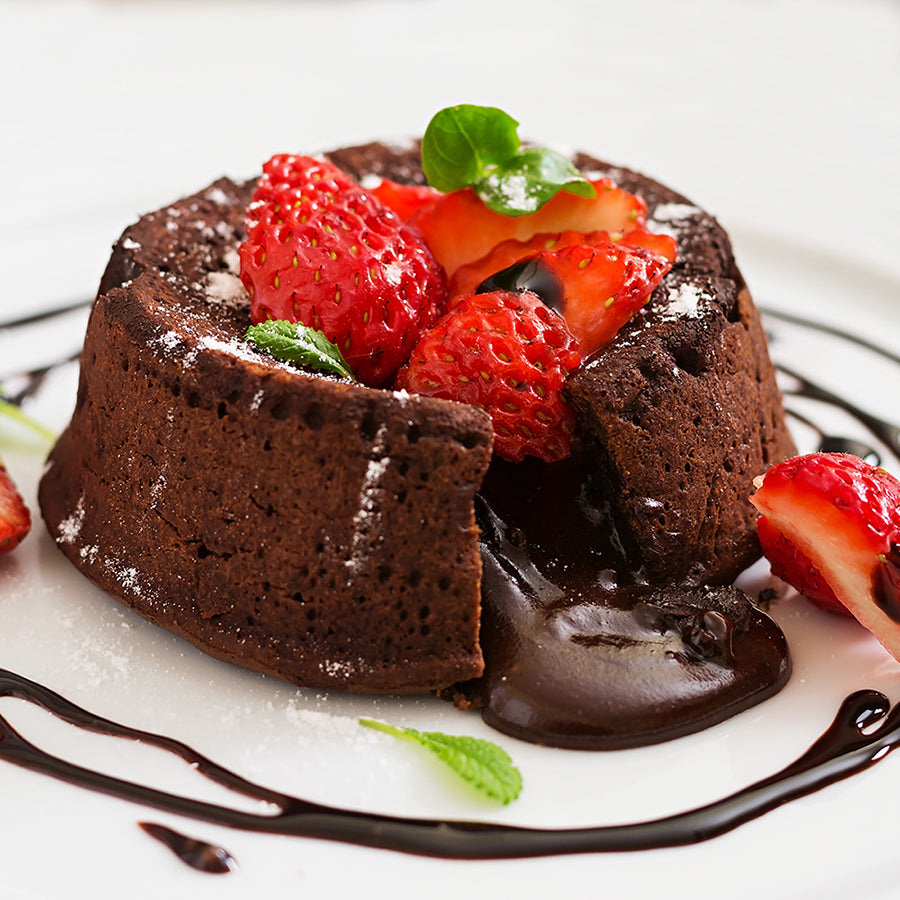


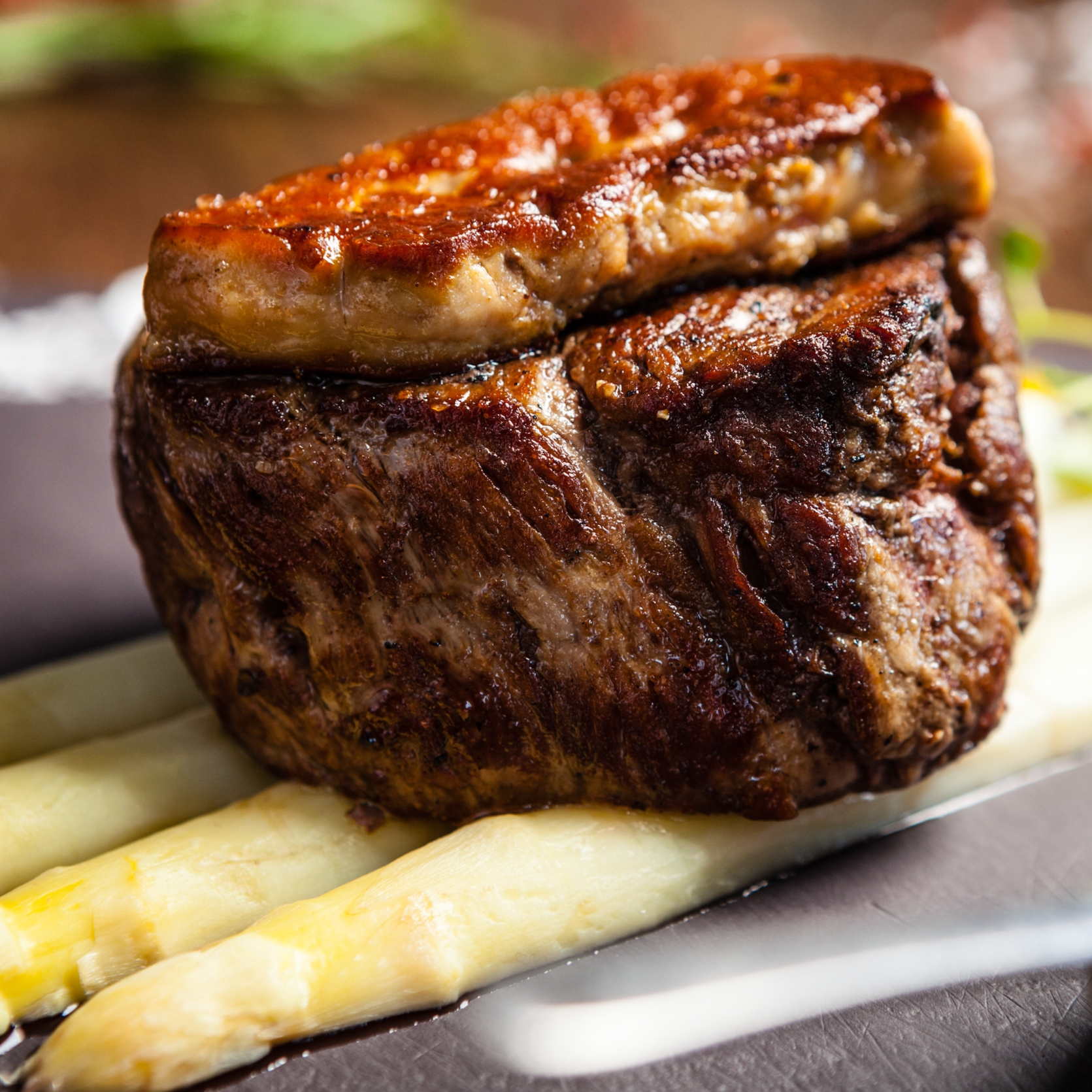
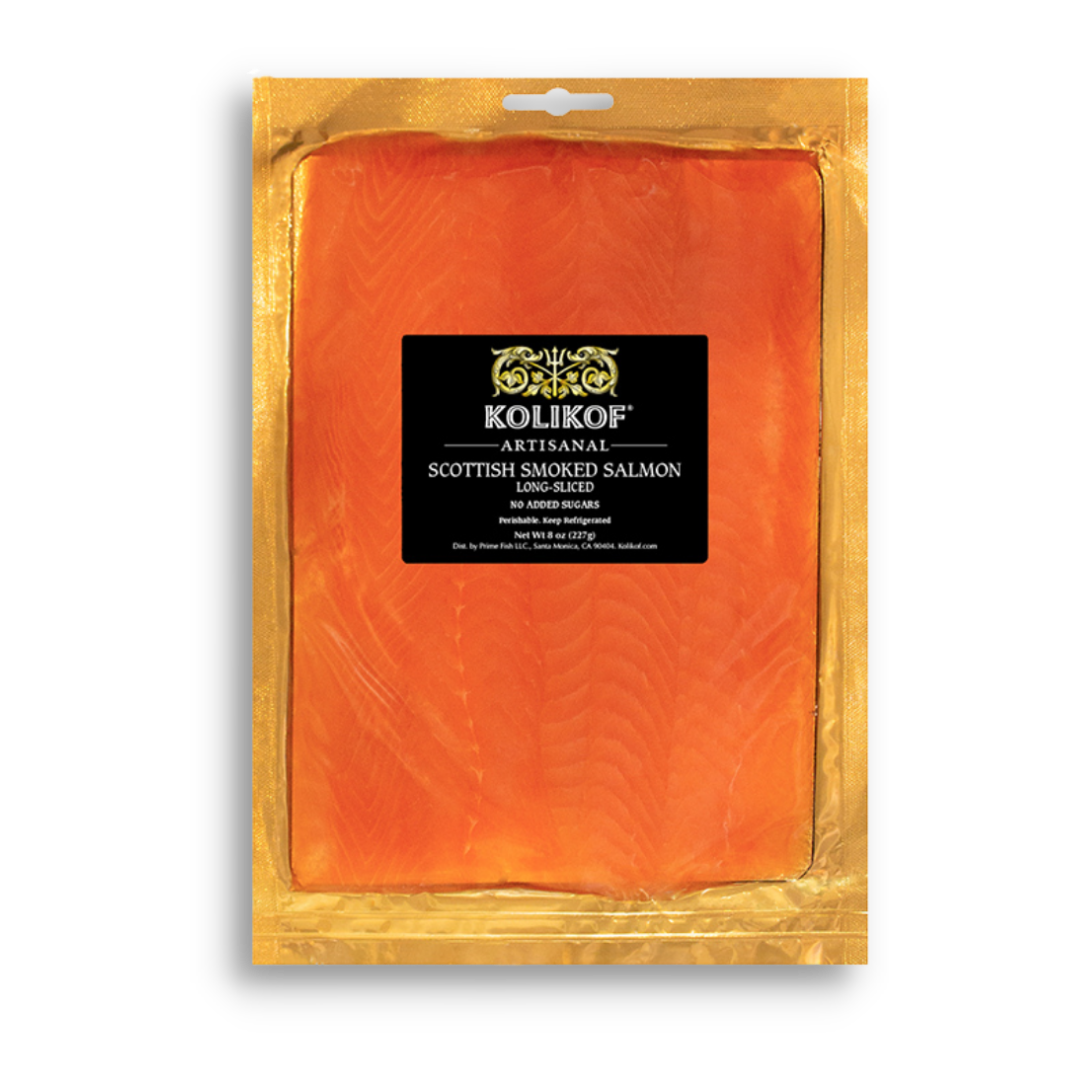
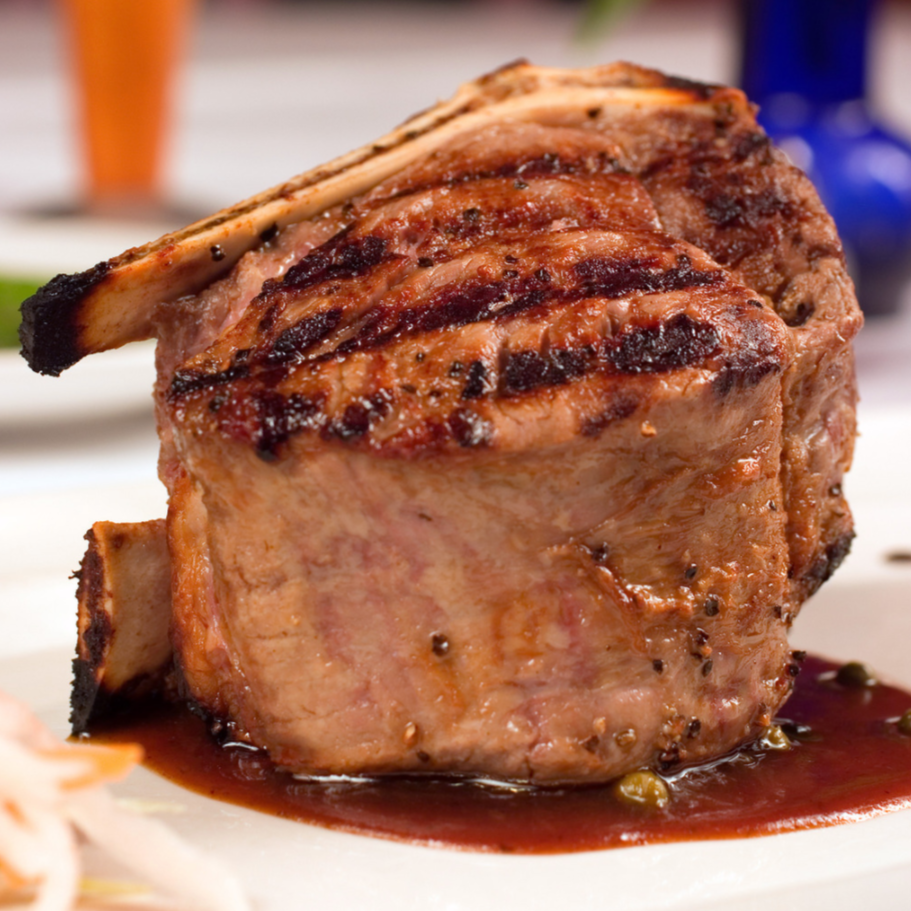

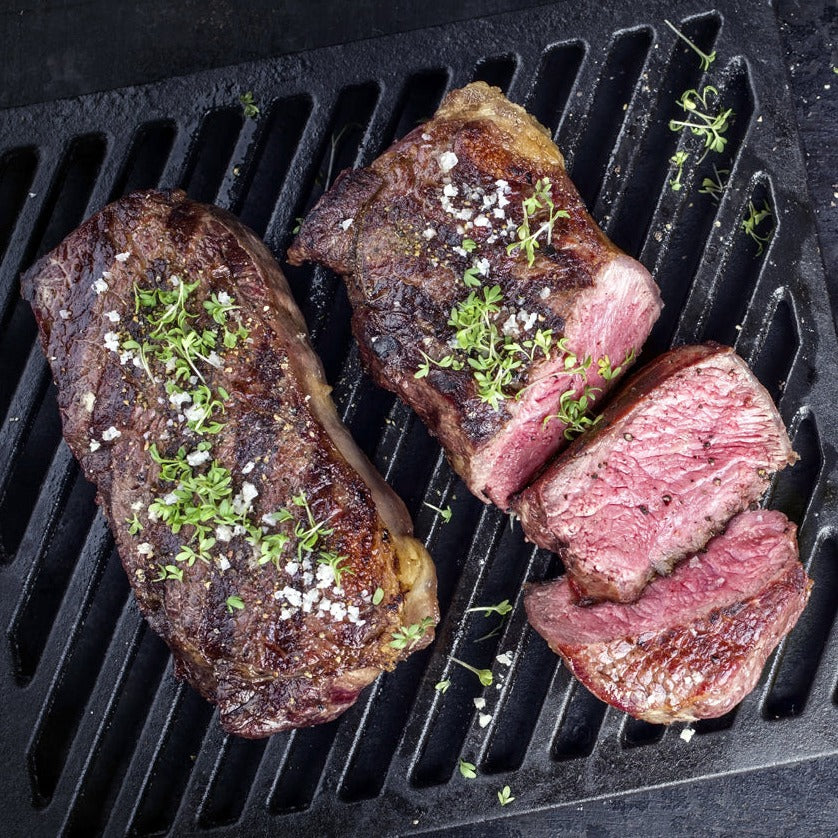
Leave a comment